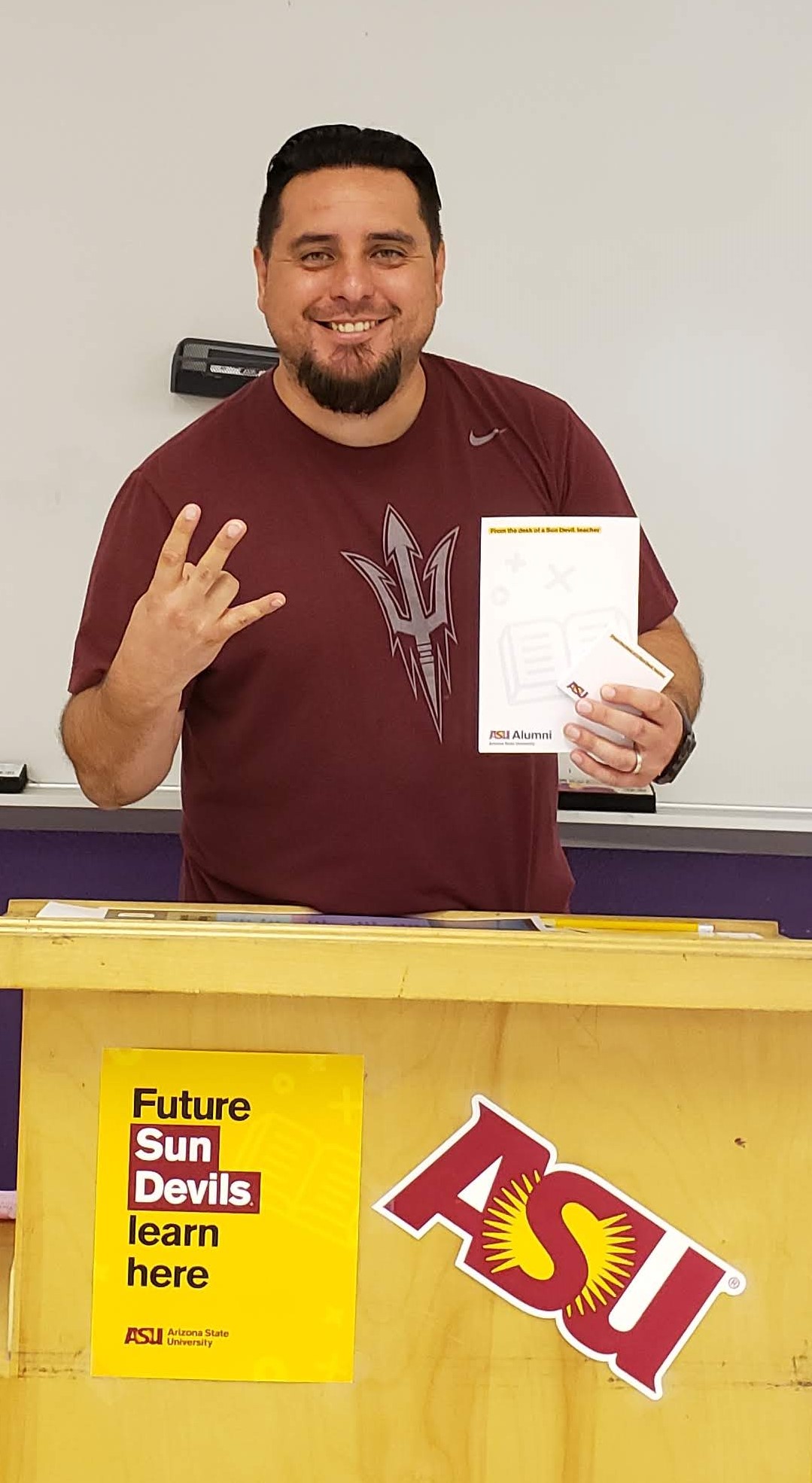Building Boundaries
As you may recall from previous tips, boundary setting promotes the process of resilience; we define it as the ability and willingness to separate from influences that are unhealthy. When someone is able to identify what is unhealthy and toxic but also walk away from it, they are standing up for themselves and their needs. In a sense, they are creating a protective shield around themselves by setting limits. Resilient individuals know their boundaries and rely on them when faced with challenges. Many experts assert that the process of learning boundaries begins in childhood, but it is ongoing and life-long.
There are simple ways to introduce your students to setting boundaries. You can start by asking your students some simple questions: What is a boundary? Are boundaries different depending on the person? Why are boundaries important?
At times the topic of boundaries can be uncomfortable but it’s important to overcome this. Creating a space for these conversations will help your students to define boundaries for themselves. Furthermore, supporting students in identifying their own personal boundaries can be incorporated into formal lesson plans or less scripted classroom activities. For younger students, role playing activities can create opportunities for skill building. For example, you can have your students practice saying “no” to various scenarios.
Modeling boundaries is another powerful way to teach your students to set limits emotionally and physically. While this may seem simple, it can be impactful beyond measure. As a consistent adult in your students' lives, you have the opportunity to model boundary setting on a daily basis. Students are keenly aware of how their teachers interact with their environment. For example, how do you respond when a student uses profanity in a disrespectful way in front of their classmates? By responding calmly and messaging consistent consequences, you are highlighting how to set and respect a boundary.
Learning to set boundaries is a multi-layered process. There is not one single activity or perfect moment that teaches us but rather many activities and moments that serve teachers in helping young people learn how to build healthy boundaries.
Take Action
Reflect on the following questions:
What are your personal boundaries? How do you vocalize them? How do you respond if/when you receive pushback for upholding them?
Think back on the day with your students. What are moments where you model boundary setting? Are there more ways you can highlight setting limits for your students?
